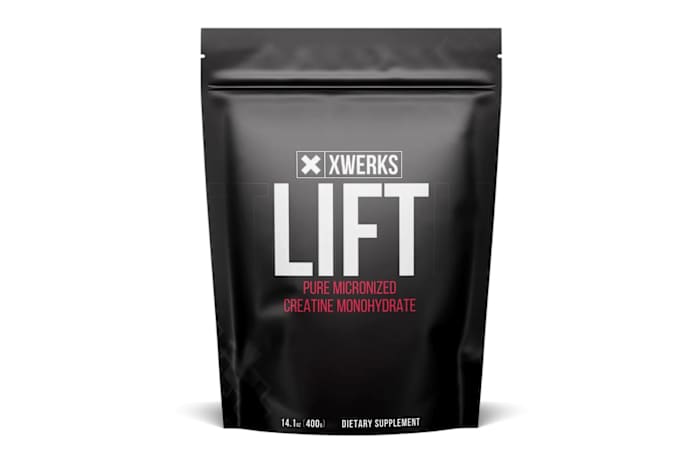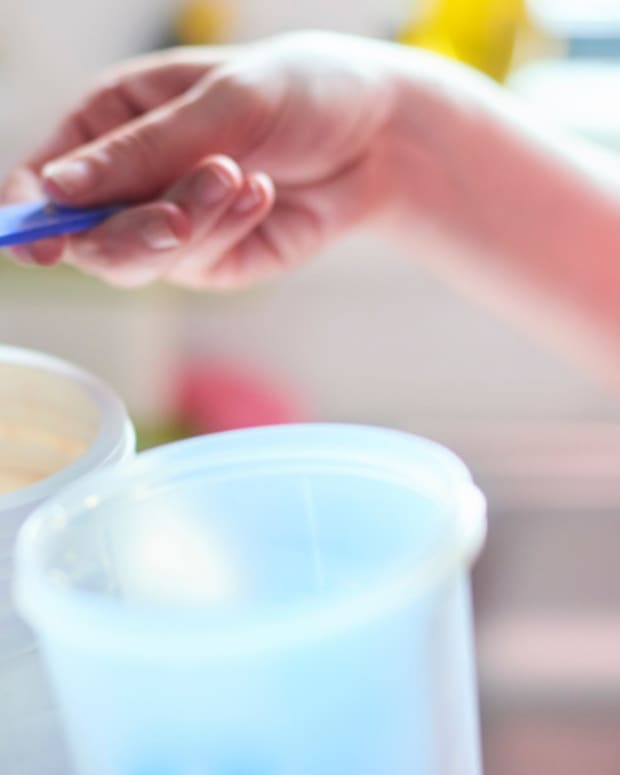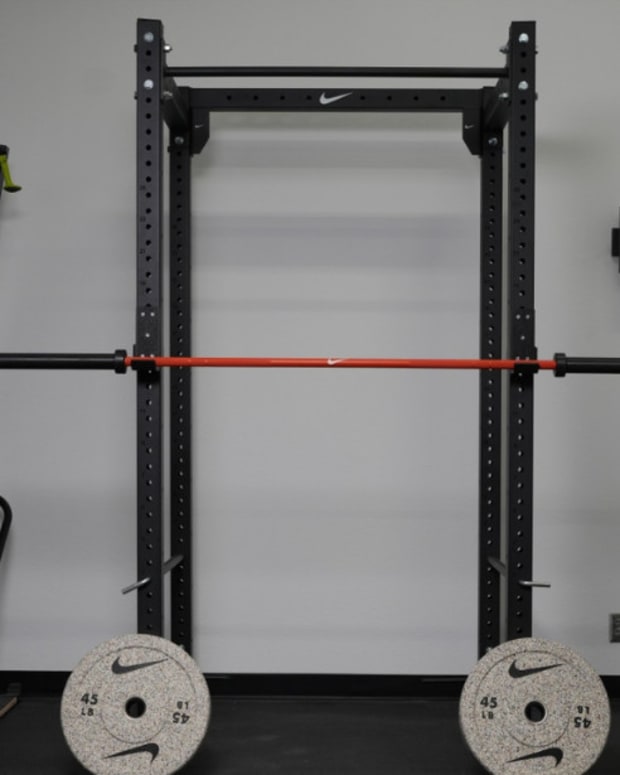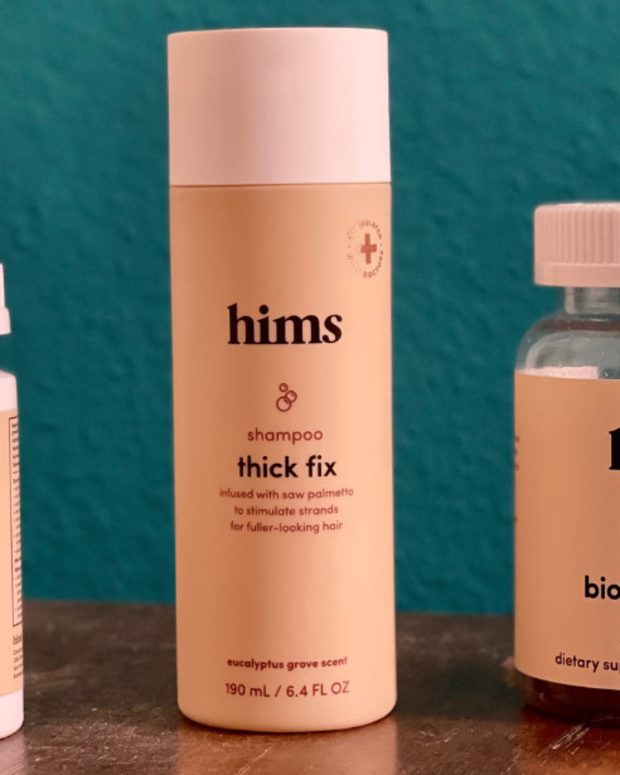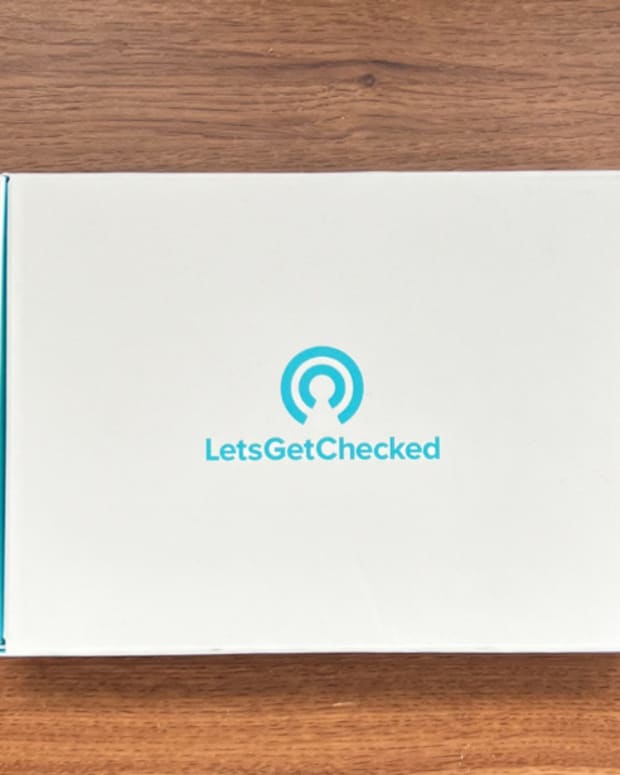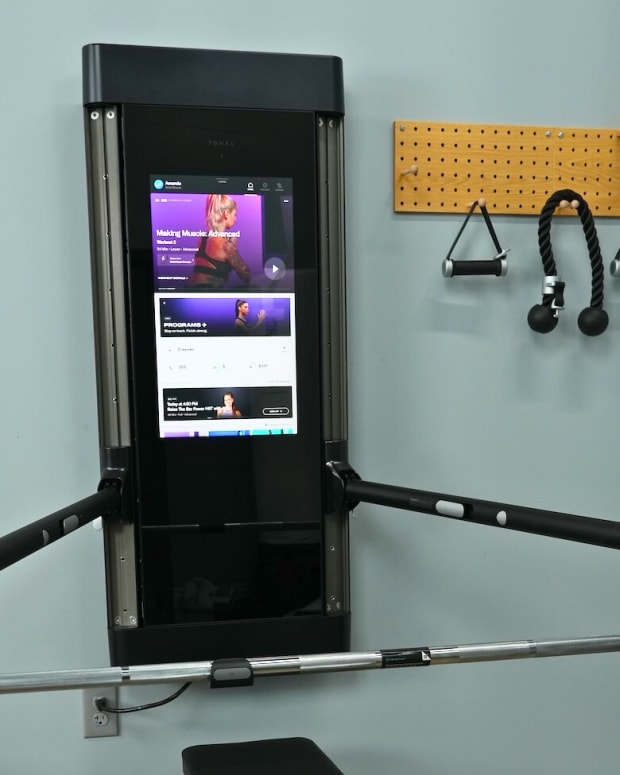The products featured in this article have been independently reviewed. When you buy something through the retail links on this page, we may earn commission at no cost to you, the reader. Sports Illustrated editorial staff are not involved in the creation of this content. Learn more here.
Creatine is one of the most well-studied and widely used dietary supplements by individuals looking to increase strength, power and muscle mass. The major reason for its popularity is that it has been deemed both safe and effective by the scientific literature.
The purpose of creatine supplementation is to increase muscle creatine phosphate stores, which help to regenerate adenosine triphosphate (ATP), the primary energy source for the body. These increased energy stores allow athletes and bodybuilders to sustain high-intensity exercise for longer periods of time.
In order to maximize the benefits of creatine supplementation, many supplement companies advise following a short-term creatine loading phase to quickly saturate the muscles. In this article, we discuss the potential benefits and possible side effects of beginning your creatine supplementation routine with a loading phase. Our goal is to help you decide if it’s really necessary to expedite the supplementation process based on your specific health and fitness goals.
What Is the Loading Phase of Creatine?
The loading phase typically involves taking a high dose of creatine, between 20 to 25 grams per day, for a period of five to seven days. This is usually accomplished by ingesting multiple five-gram doses of creatine spaced evenly throughout the day. This amount of creatine is significantly higher than the recommended daily dose of three to five grams per day, and is intended to rapidly increase your muscles’ creatine stores. When performing a loading phase, it’s important to remain as consistent as possible during the first week and avoid missing a day of supplementation.
After the loading phase is complete, a lower maintenance dose of creatine is taken daily to sustain the elevated creatine levels in the muscle tissue. The recommended daily maintenance dosage is 0.1 grams per kilogram of body weight, which is usually between three to five grams of creatine per day.
Benefit of the Creatine Loading Phase
The primary benefit of the creatine loading phase is quickly achieving maximum intramuscular creatine storage levels. Research has found that creatine accumulation in muscles is similar after participants consume three grams per day for 28 days or 20 grams per day for six days. This loading strategy is particularly effective for athletes or bodybuilders hoping to maximize the potential benefits of creatine supplementation, such as improved athletic performance and greater power output in a very short period of time.
Related: The Best Supplements for Building Muscle and Shredding Fat
Creatine Supplementation Side Effects
Creatine supplementation is generally considered to be safe for healthy individuals when consumed at the recommended dosage levels. That being said, some individuals may experience some mild side effects, particularly when taking high doses, such as during a loading phase. These can make the idea of a loading phase less attractive for many. As with any new supplements, it’s always a good idea to consult with your healthcare provider before starting a creatine supplementation regimen. The most common side effects of creatine supplementation include:
- Gastrointestinal discomfort: Some individuals may experience bloating, nausea or diarrhea when consuming creatine in high dosages (over 10 grams per day). The side effect typically subsides after the loading phase and returning to a normal maintenance dosage level.
- Weight gain: Creatine supplementation can cause an increase in water retention in the muscle cells, which can lead to temporary weight gain and bloating. This isn’t necessarily a bad thing as the increase in water weight results in muscle cell swelling, which is considered a key stimulus for muscle growth.
- Dehydration: Some individuals may experience symptoms of dehydration, such as muscle cramps or spasms when taking creatine. Although this is very rare, make sure to drink enough water with the creatine to stay hydrated.
Creatine Myths and Misconceptions
There are several myths and misconceptions surrounding creatine supplementation.
- Creatine is not a steroid: Creatine is not a steroid, and is instead a naturally occurring compound found in the body. Supplementation is completely legal and generally regarded as safe when consuming the recommended dosage levels.
- Creatine is not just for bodybuilders: While creatine is popular among bodybuilders looking to build muscle, creatine supplementation is also beneficial for athletes and anyone who wants to improve their exercise performance and promote muscle growth.
- Creatine does not cause kidney damage: There was initially some concern that creatine supplementation had links to kidney damage, particularly in individuals with pre-existing kidney issues. However, studies have generally not found a link between creatine supplementation and kidney damage in healthy individuals.
- Creatine does not need to be taken post-workout: Creatine can be taken at any time during the day and does not necessarily need to be taken pre- or post-workout. The timing of creatine supplementation is not as important as consistently taking it everyday to maintain muscle creatine stores. This is why creatine is often included in pre-workout formulas or as part of a supplement stack to help users stay as consistent as possible with daily supplementation. Ultimately, the timing of supplementation simply depends on the individual’s lifestyle, preferences and goals.
How to Do a Creatine Loading Phase
- Purchase a creatine supplement from a company you trust. It’s best to look for a creatine monohydrate powder since it’s the most well-researched and widely used form of creatine. Alternative sources of creatine, such as creatine hydrochloride, are typically more expensive and have not been shown to provide the same benefits as creatine monohydrate.
- Consume 20 to 25 grams of creatine per day for five to seven days. This should be divided into four five-gram servings spread evenly throughout the day. If needed, you can take a fifth serving.
- Mix the creatine powder into water or a beverage of your choice. Stir until the powder is fully dissolved. Repeat this throughout the day if you’re following a creatine loading protocol.
- Stay consistent with your creatine supplementation. For the best results, take your creatine doses at the same time each day, preferably spread throughout the day.
- Be sure to stay hydrated. Creatine can increase water retention in the muscle cells. Aim to drink 10 to 12 ounces of water with each dose of creatine.
- Transition to a maintenance protocol. During maintenance, take a lower dose of creatine—usually between three to five grams per day—to maintain optimal creatine levels in the muscles.
Creatine Loading Phase FAQs
Should I work out during the creatine loading phase?
Yes, you can definitely continue to work out on your normal schedule when undergoing a creatine loading phase. In fact, exercise may help to enhance the uptake of creatine into the muscle cells.
How long is the creatine loading phase?
The typical creatine loading phase lasts anywhere from five to seven days, and should provide the body enough time to maximize intramuscular creatine levels. It’s important to remain as consistent as possible during the loading phase to elicit the best results.
Is the loading phase of creatine necessary?
As long as you remain consistent and supplement with creatine on a daily basis, the loading phase is not necessary to obtain the performance enhancing benefits of creatine supplementation. Individuals who plan on using creatine over an extended period of time can easily skip the loading phase, supplement normally and still achieve similar long term results.
Will I lose muscle if I stop taking creatine?
No, you shouldn’t lose any muscle mass if you stop taking creatine as long as you continue to consume an adequate amount of protein and perform resistance training exercises. If you’re having trouble consuming enough protein, a protein powder supplement is an easy way to get extra protein. When you do stop taking creatine, your body will gradually return to its normal creatine levels, and you may notice a slight decrease in performance.
Can I skip a day of creatine?
Yes, it’s completely safe to skip a day of creatine supplementation without experiencing any harmful or detrimental effects. If you happen to miss a day of supplementation, it won’t have a significant impact on the overall levels of creatine in your body. That being said, for the best results, it’s recommended to take creatine daily as part of a consistent supplementation regimen.
Our Favorite Creatine Supplements
Transparent Labs Creatine HMB
Transparent Labs is a supplement company that’s committed to producing clean products with clinically effective ingredients and transparent labels. The Creatine HMB includes not only an effective dose of creatine (five grams, or 5,000 milligrams), but it also includes HMB (short for beta-hydroxy-beta-methylbutyrate), which has been shown to reduce fat mass. This creatine supplement is available in 10 flavors and an unflavored version.
XWerks Lift
XWerks is a supplement brand that brings the best quality to consumers by hyper-focusing on only six products, one of which is XWerks Lift pure micronized creatine monohydrate. Creatine monohydrate is a heavily studied form of creatine that has been shown to enhance athletic performance and the building of muscle mass. (To maximize muscle growth, we also recommend a protein powder for muscle gain.) In addition to the usual benefits that come with creatine supplementation (such as increased strength), Lift is also appealing because it’s vegan, gluten-free, dairy-free and free of any artificial preservatives, fillers and dyes.
Creatine Loading Phase: Takeaway
Creatine is a supplement that I take daily and have been using for the past few years to promote strength gains and skeletal muscle growth. In my opinion, a loading phase is unnecessary for anyone who plans on using the supplement for an extended period of time. Unless you’re trying to reap the benefits of creatine supplementation as quickly as possible, I believe the potential side effects of excessive bloating and gastrointestinal distress from a loading phase outweigh any small advantages gained.


